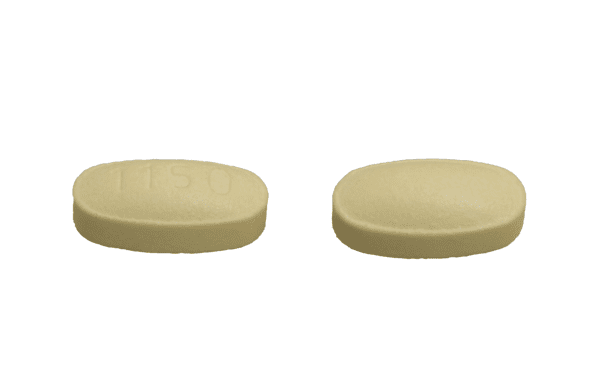Mirabegron and Alcohol/Food Interactions
There are 2 alcohol/food/lifestyle interactions with mirabegron.
Mirabegron Food/Lifestyle
Minor Food Interaction
Information for this minor interaction is available on the professional version.
Switch to professional interaction data
Mirabegron High Blood Pressure (Hypertension)
Moderate Potential Hazard, Moderate plausibility
mirabegron - hypertension
Mirabegron can increase blood pressure. In clinical studies, the use of mirabegron was associated with dose-related increases in supine blood pressure. At the maximum recommended dose of 50 mg, the mean maximum increase in systolic/diastolic blood pressure was approximately 3.5/1.5 mmHg greater than placebo in healthy volunteers and approximately 0.5 to 1 mmHg greater than placebo in patients with overactive bladder. Worsening of preexisting hypertension was reported infrequently in patients receiving mirabegron. Therapy with mirabegron should be administered cautiously in patients with hypertension. Periodic blood pressure determinations are recommended. Mirabegron is not recommended for use in patients with severe, uncontrolled hypertension, defined as systolic blood pressure >=180 mm Hg and/or diastolic blood pressure >=110 mm Hg.
Switch to professional interaction data
Mirabegron drug interactions
There are 256 drug interactions with mirabegron.
Mirabegron disease interactions
There are 4 disease interactions with mirabegron which include:
More about mirabegron
- mirabegron consumer information
- Check interactions
- Compare alternatives
- Pricing & coupons
- Reviews (357)
- Drug images
- Side effects
- Dosage information
- During pregnancy
- Drug class: urinary antispasmodics
- Breastfeeding
- En español
Related treatment guides
Drug Interaction Classification
| Highly clinically significant. Avoid combinations; the risk of the interaction outweighs the benefit. | |
| Moderately clinically significant. Usually avoid combinations; use it only under special circumstances. | |
| Minimally clinically significant. Minimize risk; assess risk and consider an alternative drug, take steps to circumvent the interaction risk and/or institute a monitoring plan. | |
| No interaction information available. |
See also:
Further information
Always consult your healthcare provider to ensure the information displayed on this page applies to your personal circumstances.


